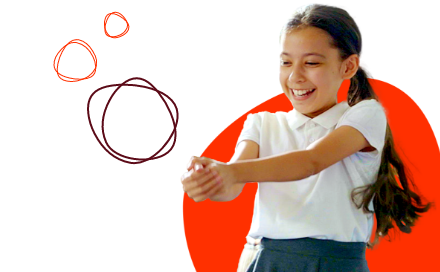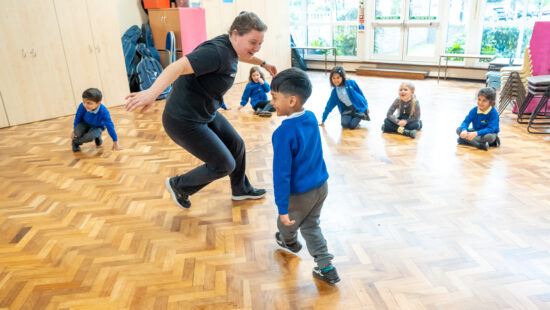Creating spaces for creative learning
We are a joyful onomatopoeic charity with a superpower that connects buzzing creativity across the entire primary curriculum, so that children can unleash their full potential and bloom.
Explore
Artis is a creative learning charity that enables children to sing, act and dance their curriculum.
Every day we encourage our creative learners to create space with their voices and to express themselves.
Just as investors study the effectiveness of different companies, economists have studied the effectiveness of learning creatively with Artis.
Schools
Bring some wow to your school day. We nurture creativity throughout the primary curriculum enabling children to bloom. Your creative learners will heighten their knowledge, core life skills and all-important confidence through the performing arts.
Find out more
When I find new words it makes me happy.
Artis creative learner
An unbelievable impact on our children’s learning, confidence, independence, and love to learn.
Bianca Smith | Teacher, Holy Trinity CE Primary (Manchester)
Artis helps us to deliver our curriculum in a way that allows the children to be really engaged. And it is absolutely fantastic to watch them do that.
Ciara Parris | Headteacher Links Primary (Merton)
It's like another way of learning, but funner!
Artis creative learner
Artis is transformational in terms of language development, confidence building, emotional wellbeing support and development of curriculum understanding!
Emma Bonnin | Headteacher, Pakeman Primary (Islington)
At the start I was a bit scared because I had a small voice, and now I shout across the hall so everyone can hear me and I don't feel afraid now.
Artis creative learner
We have seen a monumental difference in the pupils' engagement and participation with Artis sessions that is not seen in the classroom.
Anthony Wilkinson | HLTA, Parklands Primary School (Leeds)
It makes me feel more playful and happy through the day.
Artis creative learner
If you are reading this wondering whether you should make the decision to bring them into your school, do it! It is great for their mental wellbeing and enriches our curriculum.
Darren Rubin | Headteacher, St John’s C of E Primary School (Tower Hamlets)
Latest news
Despite its clear benefits, play opportunities within the educational system have been diminishing. Understanding the importance of play,...
Here we explore how music enhances children’s cognitive abilities, emotional regulation, and social skills, while also serving as a useful t
However, in the UK, the arts have been increasingly undervalued. Funding has been slashed, creative subjects have been sidelined in...







